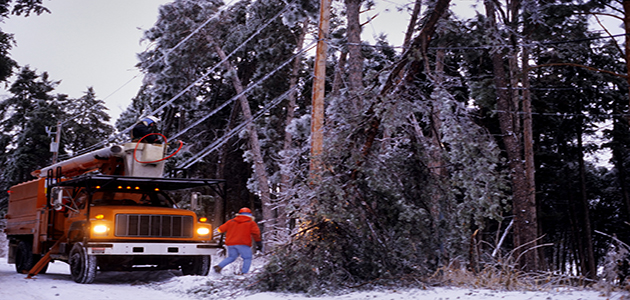The Real Cost of a Truck Roll
Back to Top
If you’re a utility estimating the cost to roll a truck, you’re likely low-balling the amount. Many utilities take an ultra-conservative guess, claiming truck rolls each average $250 to $500. But the reality is, there are many factors that can cause the cost to escalate quickly.
Labor makes up the bulk of truck-roll costs, and these totals can vary dramatically based on time, conditions, and labor grade. The sheer distance from your service center to the fault will affect the number labor hours you’re paying for—short or long. On one side of the spectrum, short trip times have to meet a minimum number of hours to justify the crew call out. On the other side, if your service centers aren’t distributed in the area or if faults occur on the edge of the grid, it could take linemen a few hours to reach the job site. Round trip, that could add up to an entire day’s pay solely in drive time.
You might try to predict costs based on time, but the problem is, these calculations are often based on a “good day scenario.” Many faults or issues occur on the “bad days,” when there are high winds, torrential rains, or relentless snow, resulting in a stack of multiple work orders that must be prioritized. With these conditions, it takes longer to drive, longer to patrol the line, and longer to “work down the list” and make repairs. As the hours add up and the weather gets worse, labor rates can bump up to overtime and hazard pay.
In addition to labor, there’s the cost of materials, including the truck itself, along with gas and insurance. Whether you charge trucks per job or if you are budgeting these items under general operation and maintenance, they’re still considered as a cost around each truck roll, no matter from which line item you’re pulling the money.
While these are the hard dollars to send a truck and crew out, there’s also the opportunity cost. When your system goes down, you’re losing the revenue you would have gained if your system had stayed online. Your linemen’s time is going toward making repairs instead of executing more profitable tasks. So the cost of the truck roll can be more than just the labor hours and materials; it could be the difference between what you spent and what you could have earned or accomplished elsewhere.
And then there’s the cost utilities rarely consider: is the call out for the truck real? The majority of faults on overhead lines are temporary in nature, so many times utilities will roll a truck and crew to a location where ultimately there is “no cause found.” Not addressing these cause-less situations is senseless. Like raking leaves in a windstorm or shoveling sand in the desert, you feel productive because you’re working, but what’s the point? Eliminating needless truck rolls eliminates needless work and needless expense. It’s an outdated view to believe that rolling a truck for a temporary fault is just a cost of doing business. Investing in equipment upgrades and better protection strategies will eradicate the unneeded truck roll expense—for good.
No matter the final dollar amount, every truck roll generates an expense to you. More importantly, each time you roll a truck, you’re putting your linemen—your own employees—in harm’s way. If you can implement strategies that save needless truck rolls—saving your linemen from risk and saving you money every day—why wouldn’t you?
I’d be interested in learning what your thoughts are about managing truck rolls more effectively in the Comments section below.